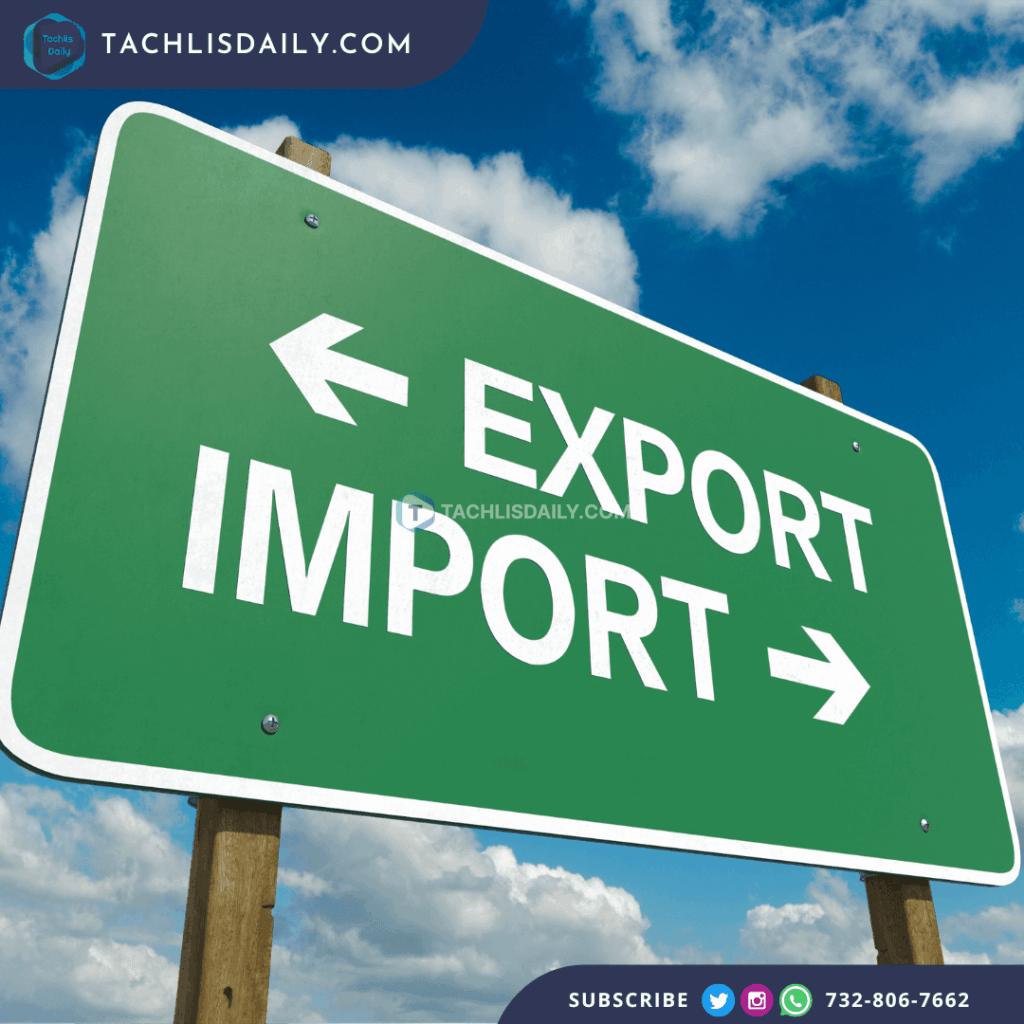In a dramatic shift aimed at cooling transatlantic trade tensions, the European Union is reportedly prepared to accept a flat 10% tariff on all exports to the United States. The move is being positioned as a strategic and temporary concession designed to shield vital European industries from steeper, targeted tariffs that have loomed over ongoing negotiations.
This proposed tariff plan emerges just as world leaders, including President Donald Trump, gather in Canada for the G-7 summit. While the summit is expected to be overshadowed by the intensifying Israel-Iran conflict, trade remains a central flashpoint especially amid renewed threats from Washington to impose harsher import duties if talks stagnate.
The EU’s offer would only be presented under certain conditions, and negotiators are emphasizing that it should not be viewed as a permanent arrangement. Still, it represents a significant departure from the EU’s usual advocacy for rules-based, multilateral trade and low tariffs.
European officials appear to be acting out of growing concern that US tariffs already as high as 25% on steel and automobiles could soon escalate to a flat 50% on all imports from the 27-nation bloc. Trump recently warned of unilateral action if talks continue to stall, stating bluntly that his administration may soon issue non-negotiable ultimatums.
For Europe, the stakes are high. Its automotive, pharmaceutical, and technology sectors are particularly vulnerable to protectionist measures. By proposing a uniform 10% tariff, EU negotiators hope to avoid selective punitive measures and instead secure a more predictable trade framework even if only temporarily.
This development is part of a broader and intensifying standoff. Earlier this year, Trump had imposed a 25% tariff on all car imports and a 20% tariff on all EU goods. That rate was later reduced to 10% following high stakes negotiations. In response, the EU shelved its planned retaliatory tariffs but warned that if talks failed to yield results by the end of a 90-day window, it would respond with sweeping measures targeting US services and redirecting trade away from the American market.
The idea of a 10% across-the-board tariff may also be a tactical maneuver to buy time. With elections looming on both sides of the Atlantic and rising geopolitical instability, both parties are under immense pressure to stabilize relations while projecting strength at home.
No formal deal has been announced yet, and the European Commission has not confirmed reports of the offer. The proposed tariff plan would require further internal approval and political backing in both Washington and Brussels. Nevertheless, Treasury Secretary Scott Bessent indicated before Congress that the US remains open to extending pauses on the most severe tariffs for countries negotiating “in good faith.”











